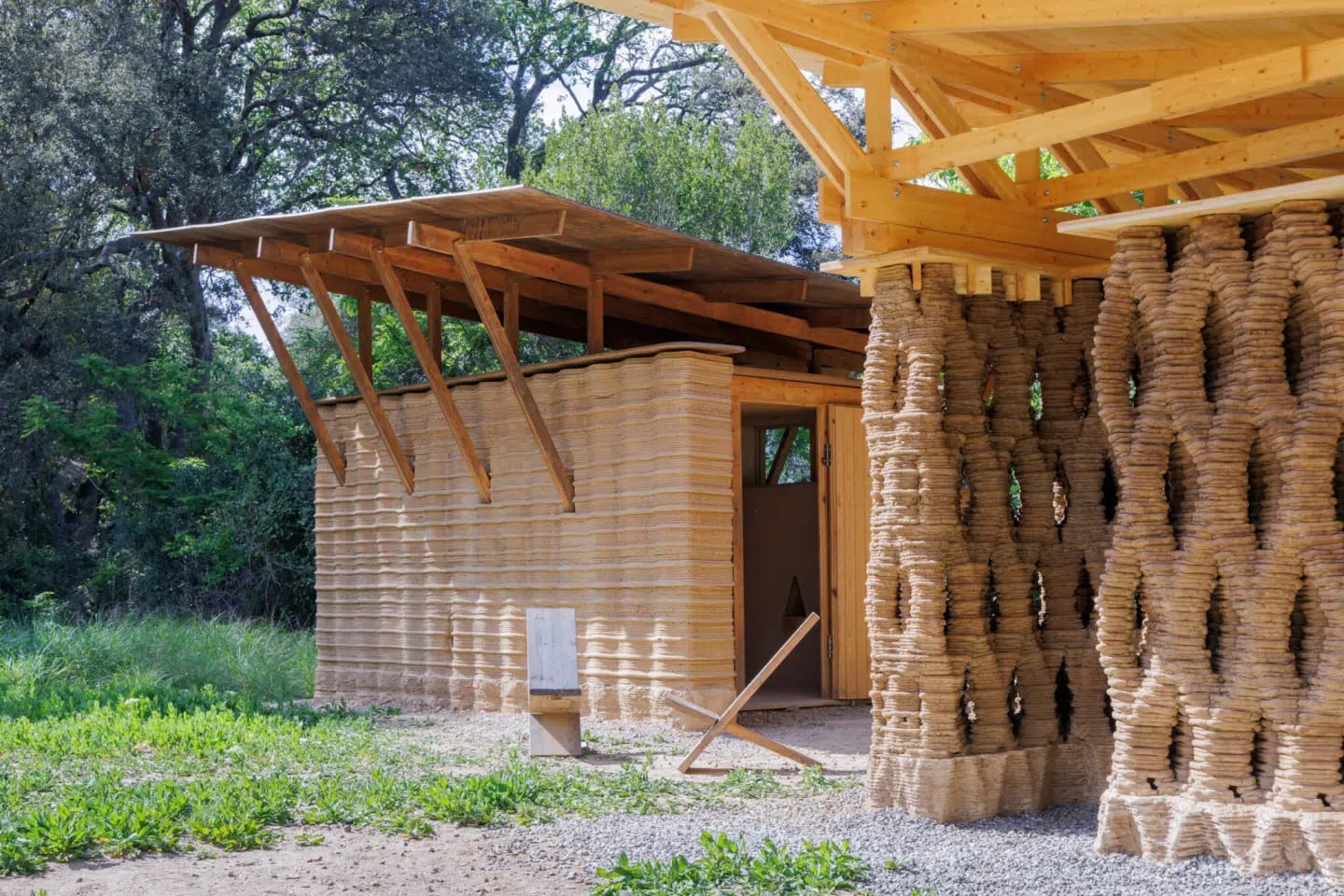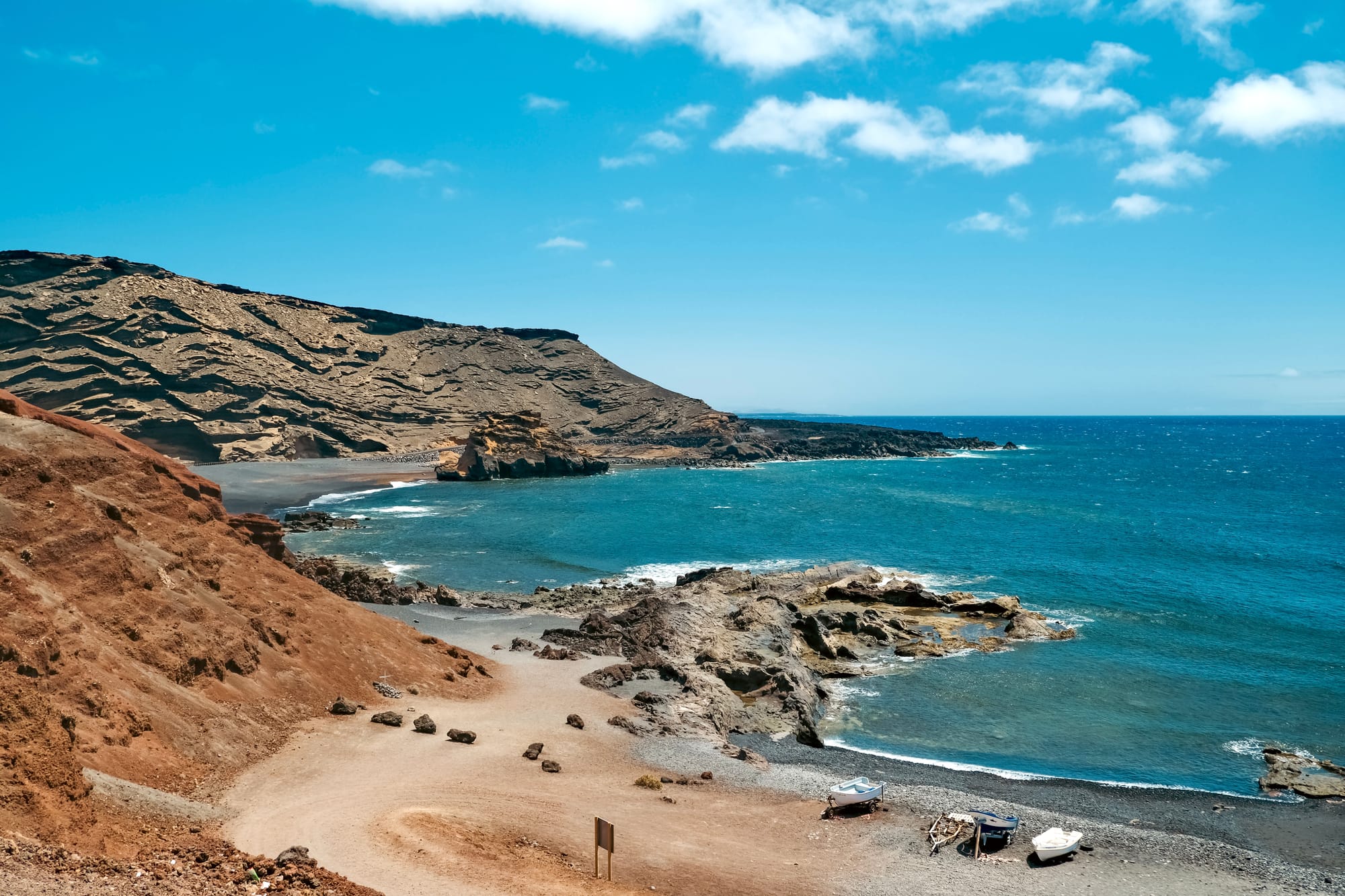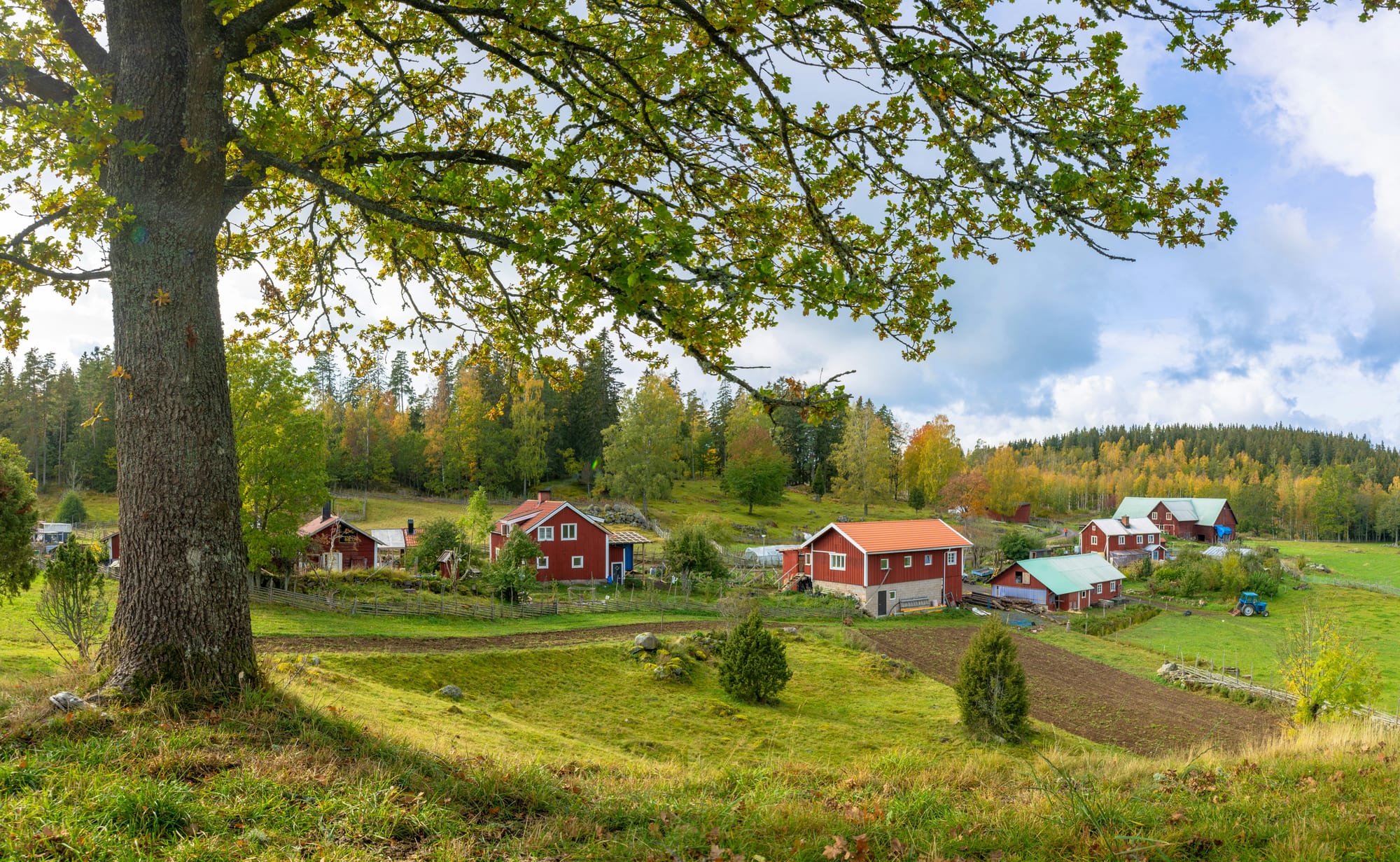2 System Shifts
I. Renewables Rewrite Energy Geography: 100+ Countries Cut Fossil Fuel Dependency ⚡
Over 100 countries have fundamentally reshaped their energy systems through renewables, avoiding $1.3 trillion in fossil fuel imports since 2010, according to the International Energy Agency's Renewables 2025 report. This transformation strengthens both energy security and economic resilience whilst accelerating the transition away from coal and gas.
Between 2010 and 2023, these nations avoided importing 700 million tonnes of coal and 400 billion cubic metres of natural gas. Countries including the United Kingdom, Germany, and Chile cut their reliance on imported fossil fuels by roughly a third, whilst Denmark nearly halved its dependency. During the 2022 energy crisis alone, renewables prevented import bills from rising by an additional $500 billion.
The momentum accelerates: global renewable capacity is projected to grow by 4,600 gigawatts by 2030, equivalent to adding the combined power capacity of China, the European Union, and Japan. Solar photovoltaics will account for 80% of this expansion, with India emerging as the second-largest growth market. In over 80% of countries worldwide, renewable capacity will grow faster between 2025 and 2030 than in the previous five years.
The Shift: Energy systems worldwide are transitioning from imported vulnerability to domestic resilience. When nations build renewables, they anchor electricity generation locally, reducing exposure to volatile fossil fuel markets whilst cutting emissions. This represents the greatest energy-market realignment since the industrial revolution, proving clean energy is both climate necessity and economic imperative. 🌍☀️
II. Food Systems: Pathways From Crisis to Carbon Neutrality 🌾
The 2025 EAT-Lancet Commission reveals that food systems drive five planetary boundary transgressions and account for 30% of global greenhouse gas emissions. Yet shifting to plant-rich planetary health diets could prevent up to 15 million premature deaths annually whilst cutting emissions by more than half. The wealthiest 30% drive over 70% of food-related environmental impacts, whilst fewer than 1% of people exist where food needs are met within planetary boundaries.
Transformation is achievable. Sweden demonstrates the pathway: combining dietary changes with phasing out fossil fuels in food chains could reduce climate impact by 50-60%. Halving food waste would cut climate, land use, and biodiversity impacts by an additional 8-10%. "We need to eat significantly more vegetables and fewer animal foods," explains researcher Rachel Mazac. "Additionally, we need to phase out fossil fuels from the food chain and reduce food waste by at least half."
Sweden's study shows the nation has high potential to achieve carbon neutrality by 2045 through these bundled food system changes, proving dietary shifts alone reduce environmental impacts by 30%.
The Shift: Food system transformation moves from planetary crisis to practical pathway. When dietary shifts combine with clean energy across food chains and waste reduction, carbon neutrality becomes achievable. Sweden proves that feeding populations healthily within planetary boundaries is possible. 💚🌱
What if shifting what powers our grids and nourishes our bodies unlocks the regeneration our planet requires? 🌱🌍
3 Field Stories

I. Barcelona: Where Ancient Earth Meets 3D-Printed Innovation 🏛️
In Barcelona's Collserola Natural Park, IAAC is redefining sustainable architecture by merging ancient building practices with cutting-edge technology. Their latest structure, Teixit, demonstrates how local earth becomes carbon-neutral buildings that integrate harmoniously with surrounding forest.
Using 3D printer researchers printed six tonnes of walls over four weeks from soil sourced on-site. Through computational design, customised porosities allow daylight to penetrate structural walls, solving earth architecture's historic challenge of creating light-filled spaces.
The 100-square-metre prototype uses unfired earth walls reinforced by natural fibres, resting on natural stone foundations with timber roofs. Water protection comes through overhanging roofs, anti-erosion geometry, and organic oil treatment. Building on eight years of research, IAAC has extended this work to Tanzania for a community centre in humid climates.
The Impact: Teixit showcases low-impact construction fusing nature with modern design. By printing with locally sourced earth, IAAC creates circular, affordable dwellings that adapt to climate and resources, proving ancestral wisdom gains new life through digital fabrication. 🌿
II. Kenya: Where Odd-Looking Vegetables Find Their Market 🥕
Across Sub-Saharan Africa, $4 billion worth of food is lost annually post-harvest, enough to feed at least 48 million people.. Much stems from appearance: produce deemed too odd-looking never reaches markets. In Kenya alone, 46% of surplus became animal feed, 25% was composted, and 15% discarded entirely.
Farm to Feed, Africa's first digital marketplace for imperfect and surplus produce, is a women-led Kenyan social enterprise founded during COVID-19. The company purchases farmers' entire harvests including "rescue-grade produce". The company aggregates both premium and imperfect produce, reselling through its B2B digital marketplace to commercial kitchens, restaurants, and schools.
With support from Mercy Corps AgriFin since 2022, Farm to Feed tracks CO₂ savings and food loss reduction. The company is expanding demand through semi-processed products like peeled garlic whilst welcoming recent investment from Mercy Corps Ventures.
The Impact: Farm to Feed demonstrates that market linkages reduce food waste whilst increasing farmer incomes. By keeping imperfect produce in the food chain rather than landfills, they prove appearance need not determine value when innovation creates pathways to market. 🌱
III. California: Where Mushroom-made Kayak Crosses 26 Miles of Ocean 🍄
In early August, artist and mycologist Sam Shoemaker paddled 26.4 miles from Catalina Island to San Pedro in a kayak made entirely from mushrooms, completing the world's longest open-water voyage in a fungal vessel in 12 hours. Three hours into the crossing, a 50-foot fin whale accompanied the kayak for three miles.
Shoemaker belongs to a community of scientists and artists exploring fungal innovation as alternative materials for kayaks, buoys, and surfboards. Their focus is mycelium, the network of threads supporting fungi growth and serving as pivotal connective tissue in nature. The 107-pound kayak was grown from mycelium over six weeks with hemp substrate, creating a cork-like material strong enough for open seas.
Shoemaker's mentor Phil Ross, co-founder of MycoWorks, coined "AquaFung" for mycelium-based materials in aquatic contexts. MycoWorks engineers mushroom "leather" used in furniture, handbags, and biomedical equipment. Ross also co-founded Open Fung, a nonprofit advancing fungi-based technologies and arts. Unlike plastic that persists for centuries, mycelium biodegrades naturally.
The Impact: The successful voyage demonstrates mycelium's potential as a plastic alternative in marine applications. As part of a growing community exploring fungal materials, Shoemaker proves biodegradable alternatives can withstand challenging environments, offering glimpses of vessels that return to earth rather than polluting oceans. 🌊
Emerging Pattern
From Barcelona's robots printing earth into light-filled architecture to Kenya's marketplace transforming rejected produce into valued nutrition to California's fungi vessels crossing open waters, a pattern emerges: regenerative solutions honour what others overlooked. Earth becomes permeable walls, imperfect vegetables feed communities, mushrooms replace plastic. When innovation serves dismissed materials, limitations transform into opportunities. ✨
1 Mindful Moment

“The very basic core of a man’s living spirit is his passion for adventure.” Into the Wild
Adventure isn't always crossing oceans or climbing peaks. Sometimes it's the quiet courage to see possibilities where others see limitations. To trust what's been overlooked. To honour what the modern world has not been valuing in the economic systems. The greatest adventures often begin not with grand plans, but with a gentle question whispered by the soul: what if?
One invitation: This week, step into stillness and ask: what calls to you that you've been dismissing? What whispers beneath the noise of what's "practical" or "impossible"? Sit with that stirring without needing to act, simply witnessing what your spirit knows. True adventure begins in the space between certainty and surrender, where curiosity meets presence. What wants to emerge when you find stillness to listen? ✨
